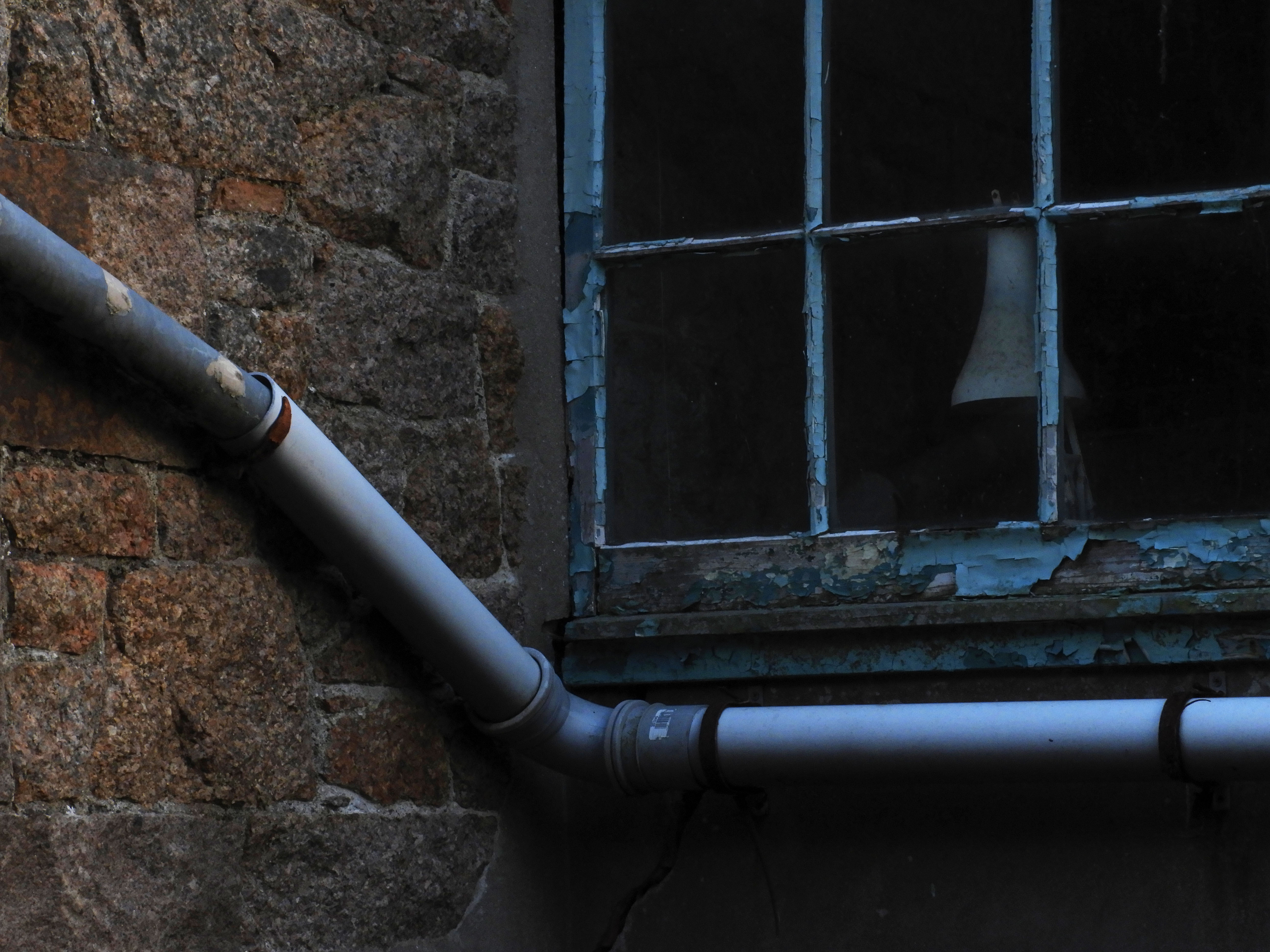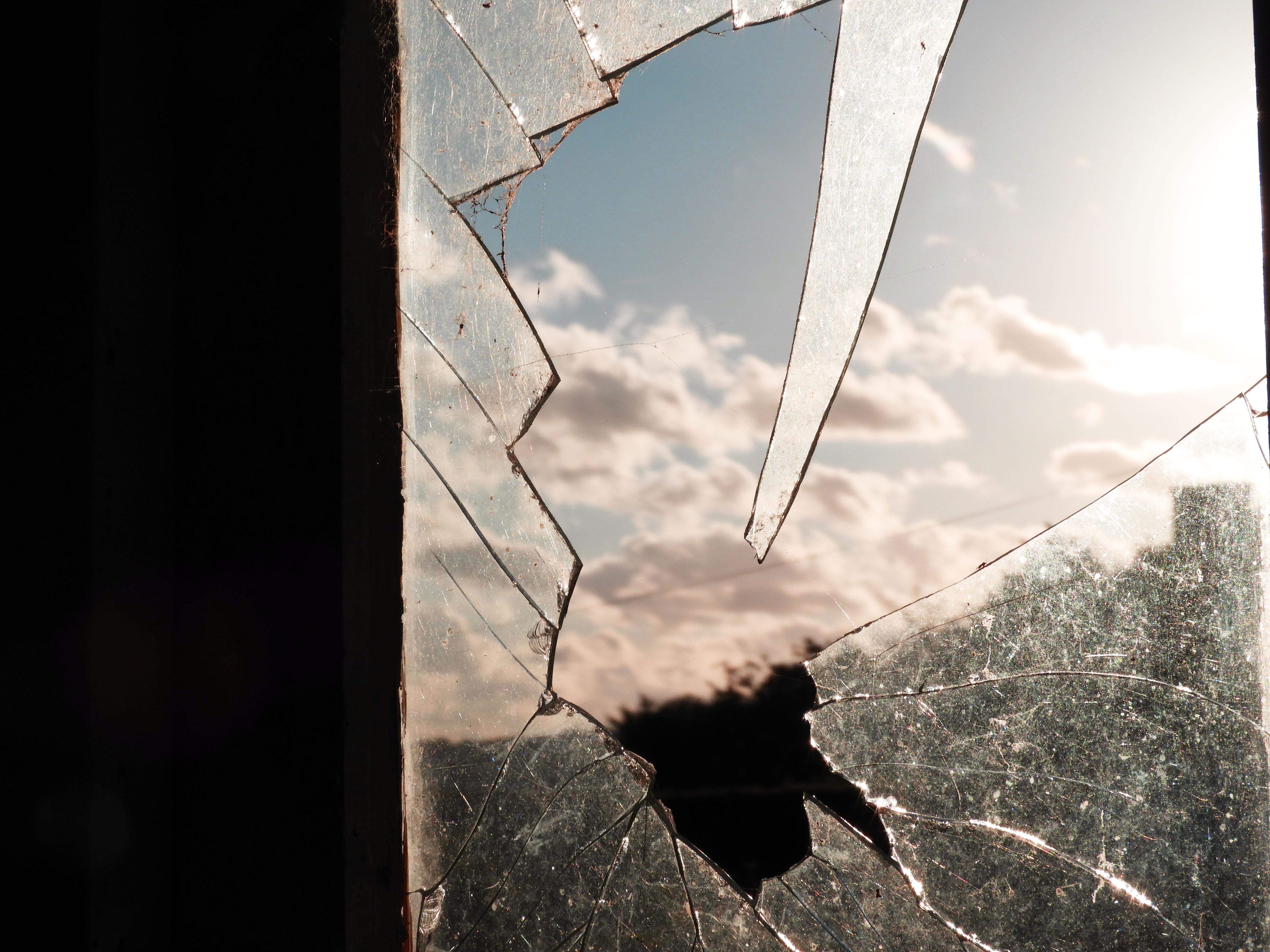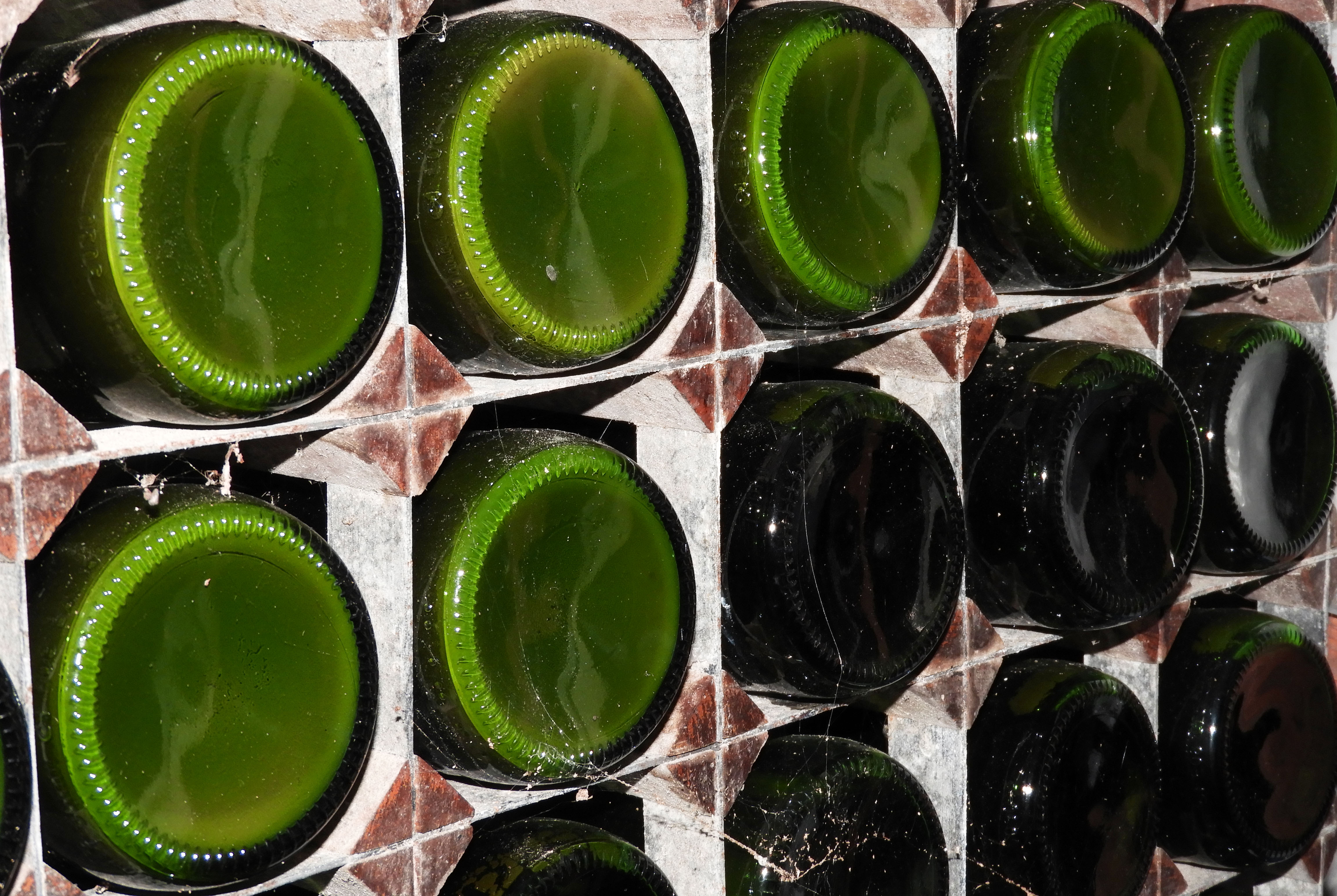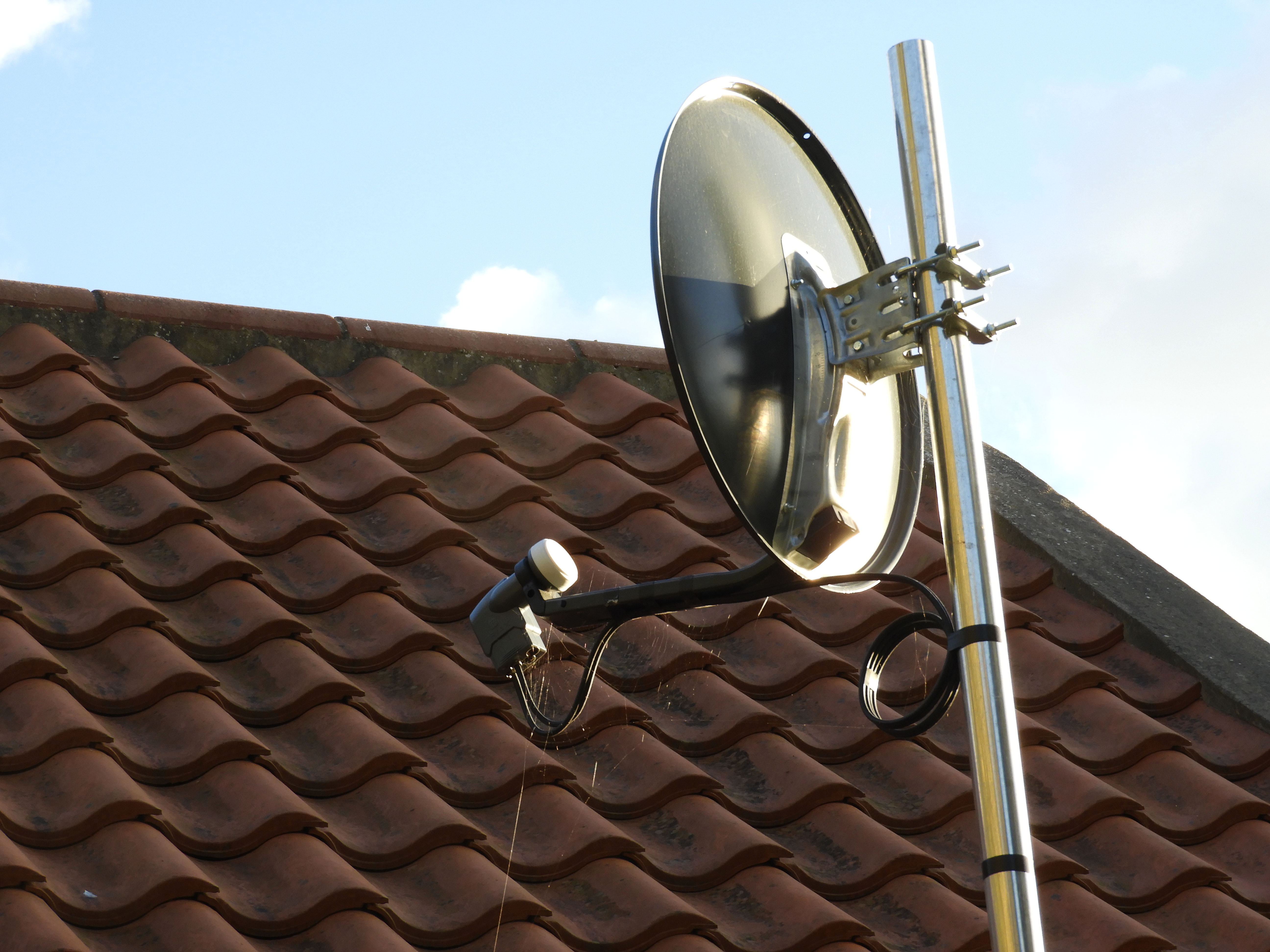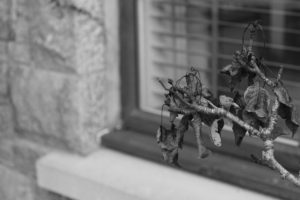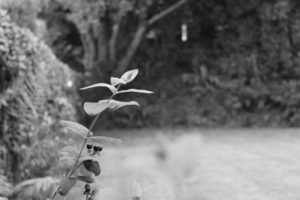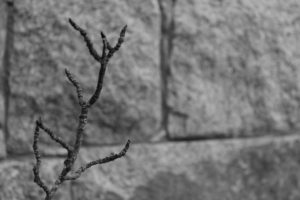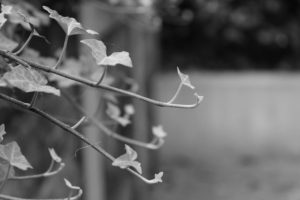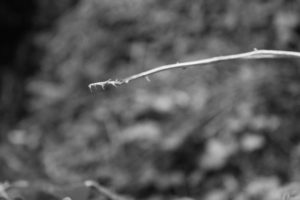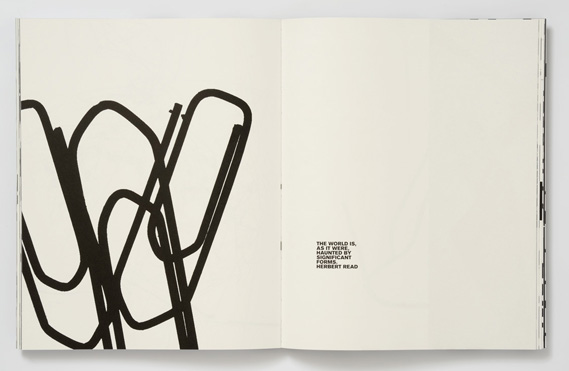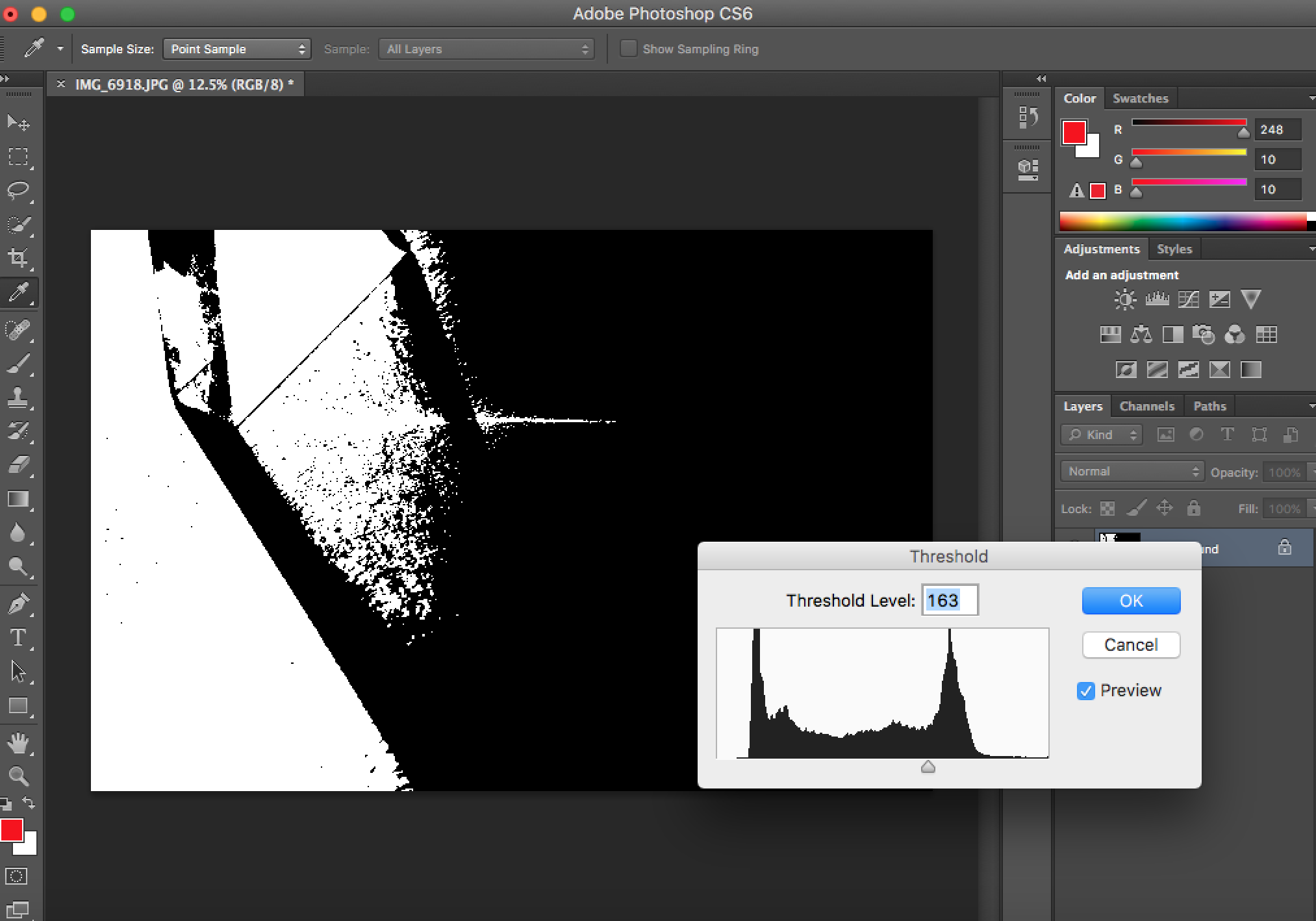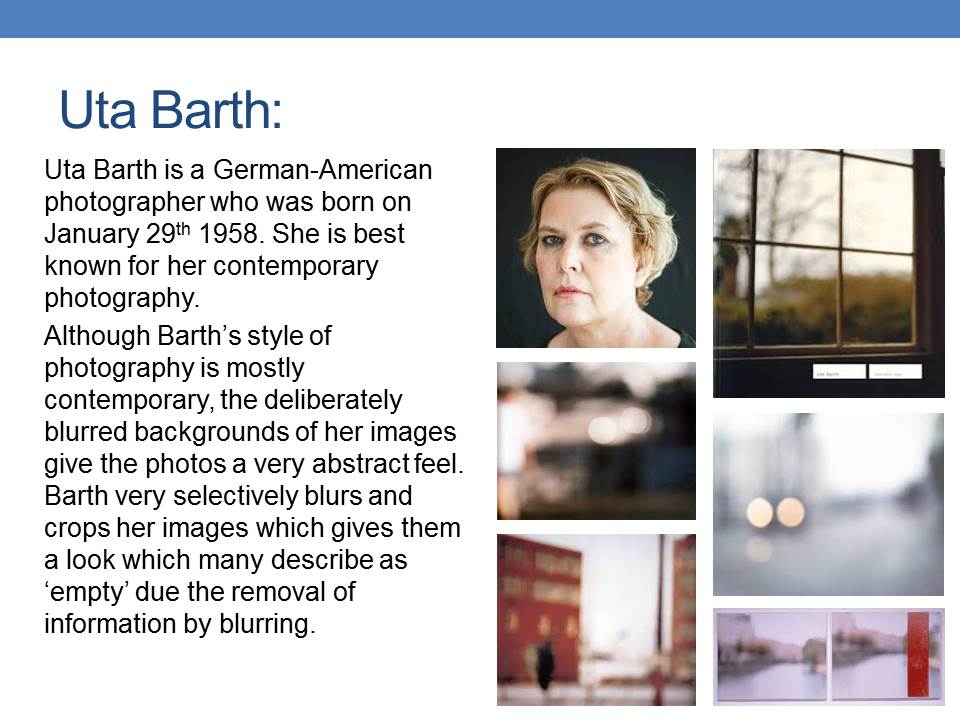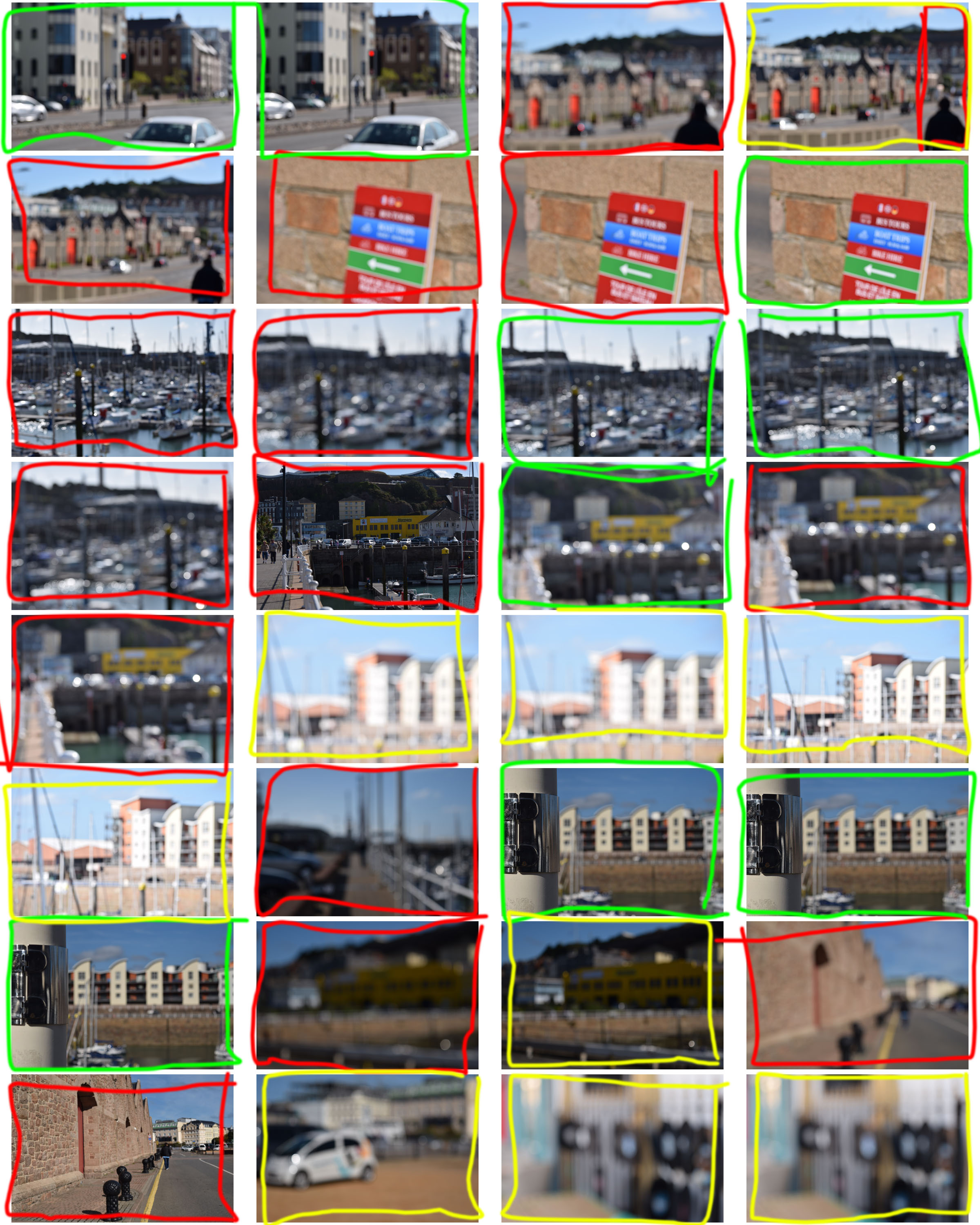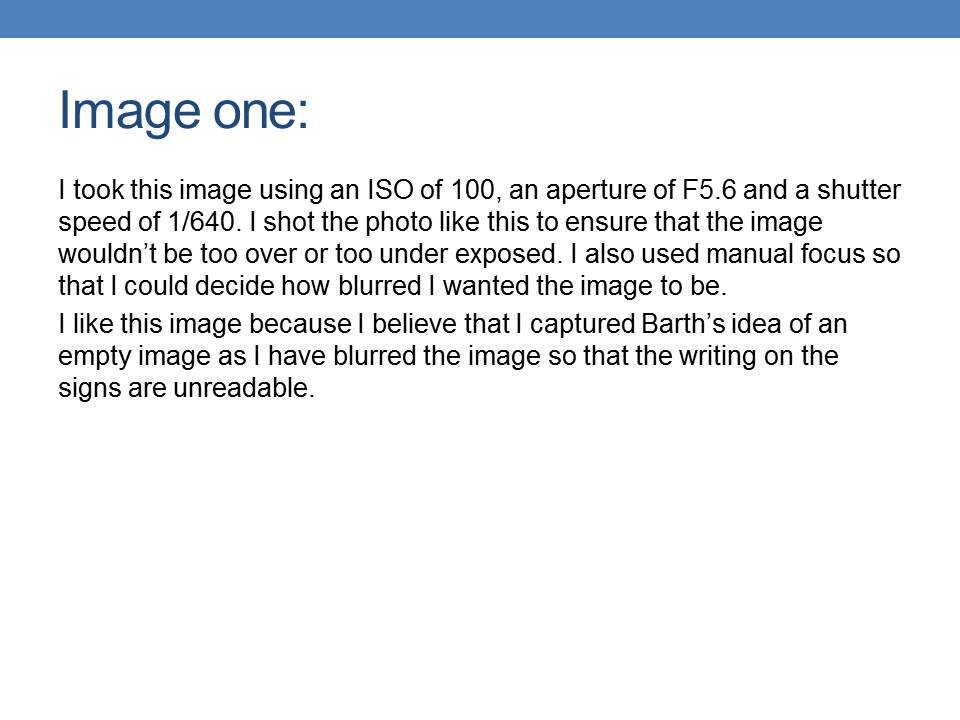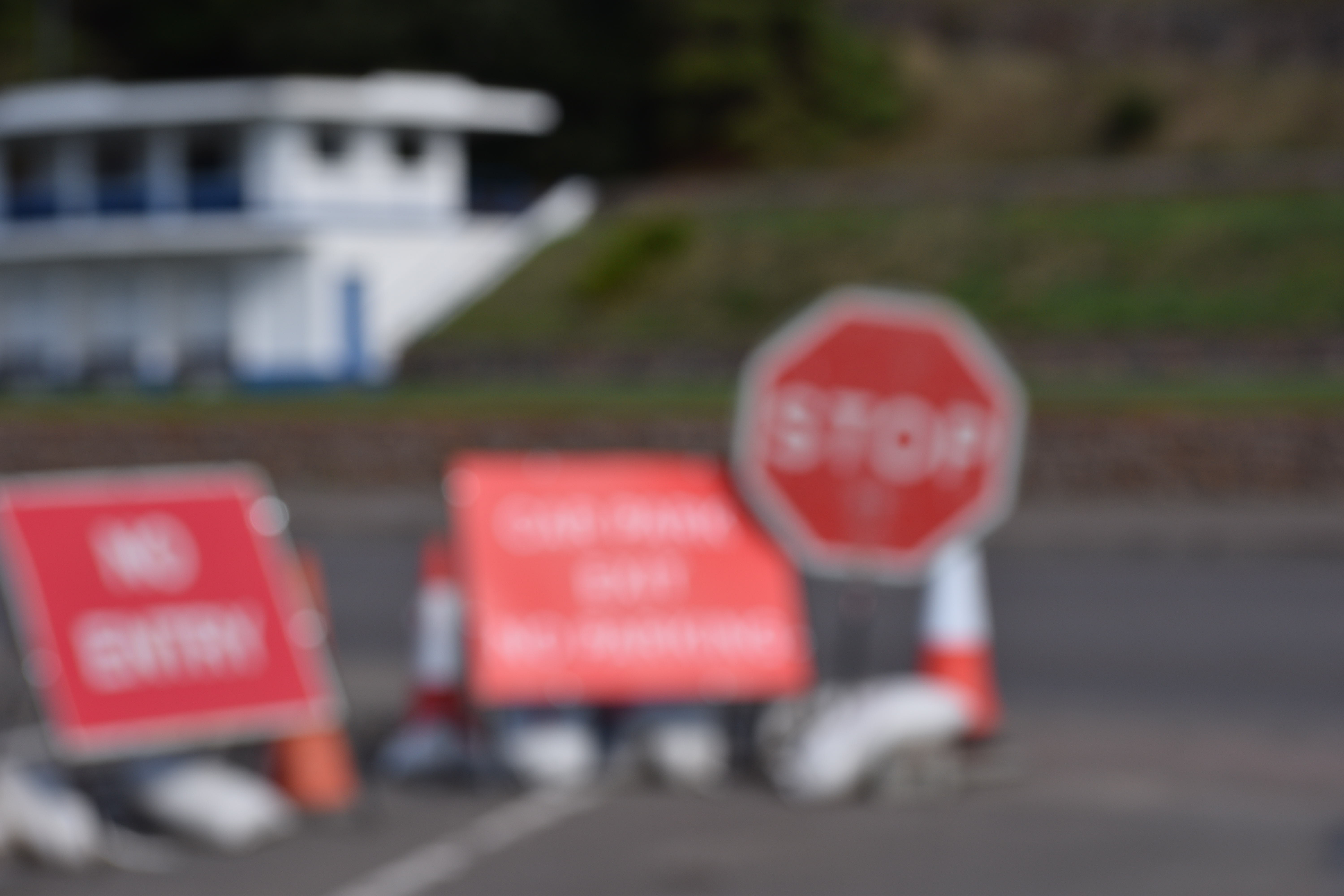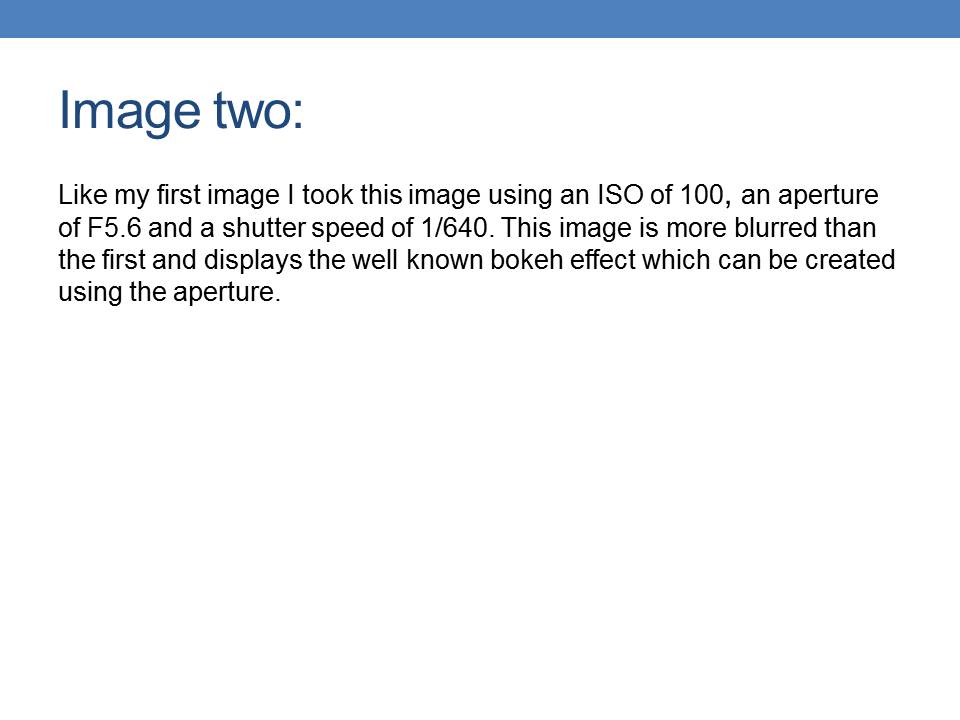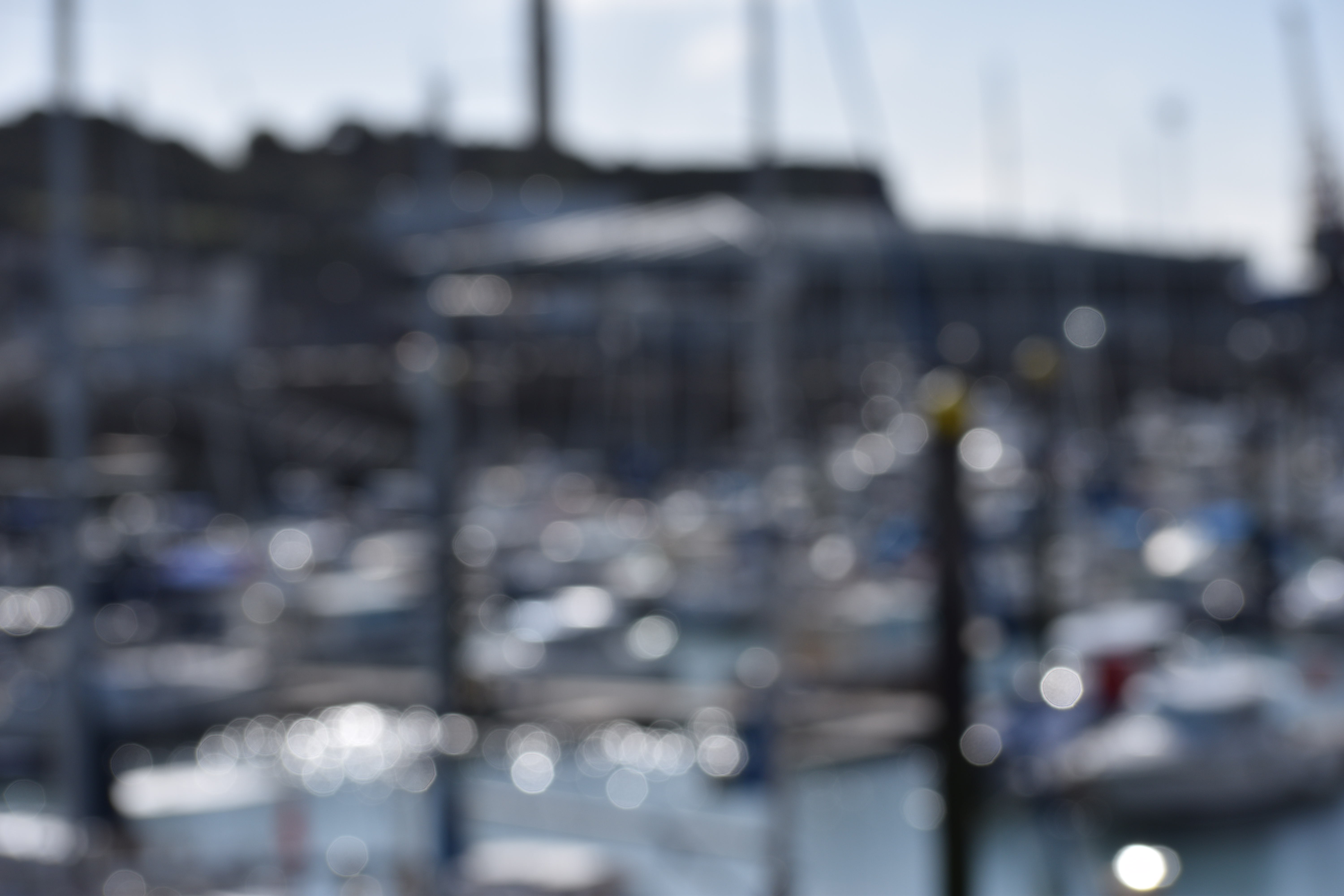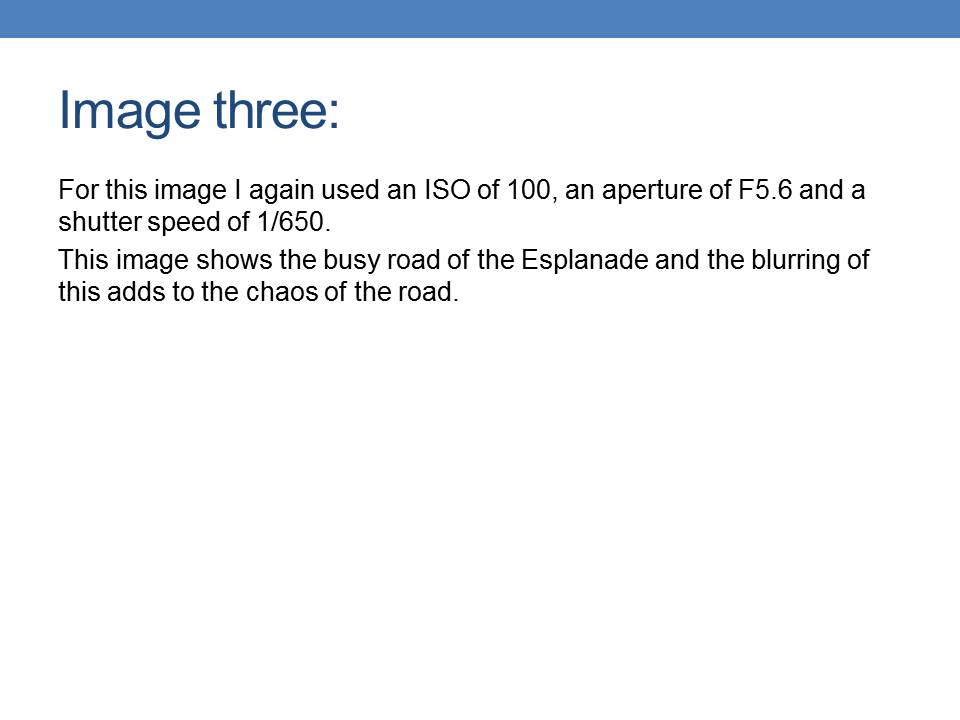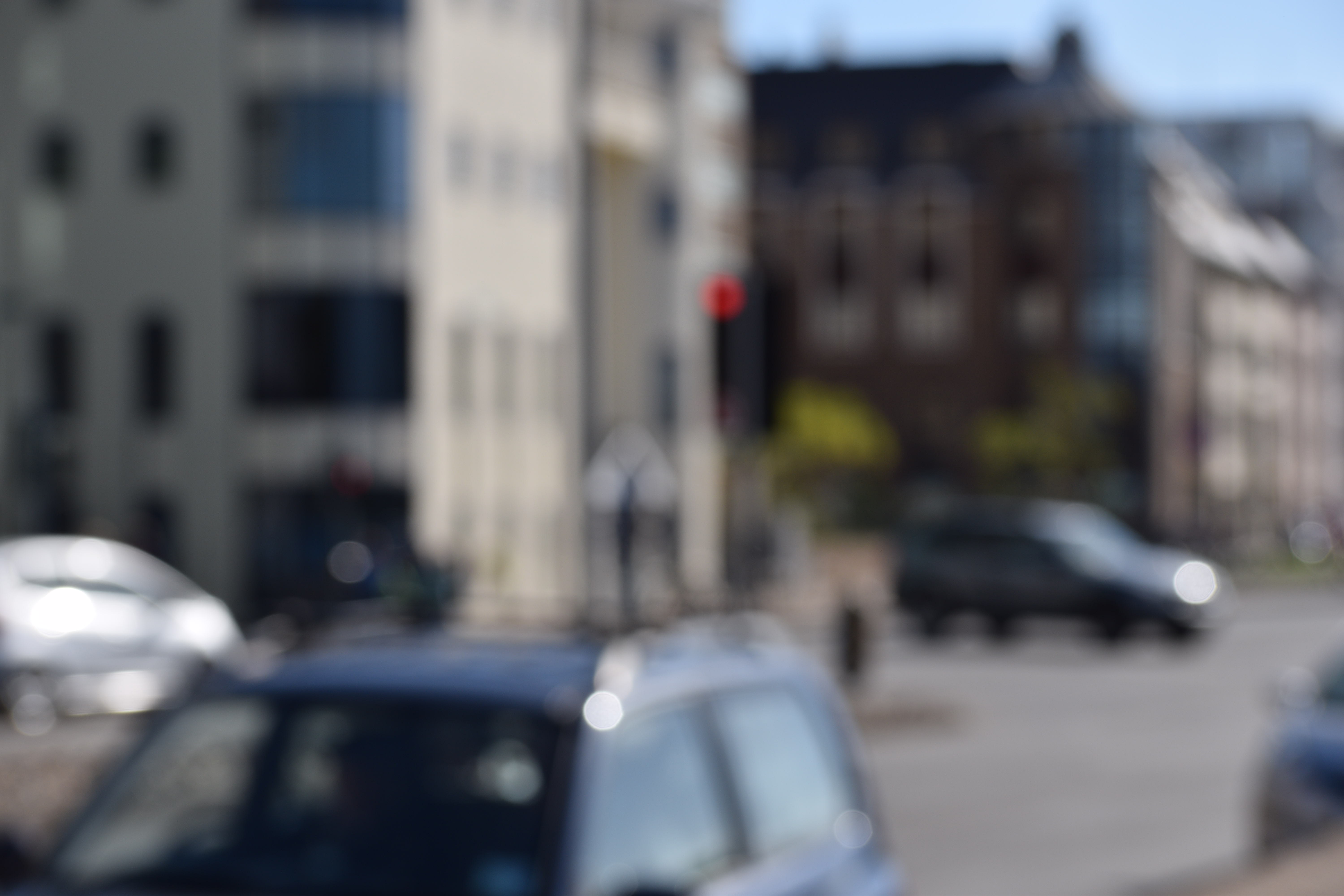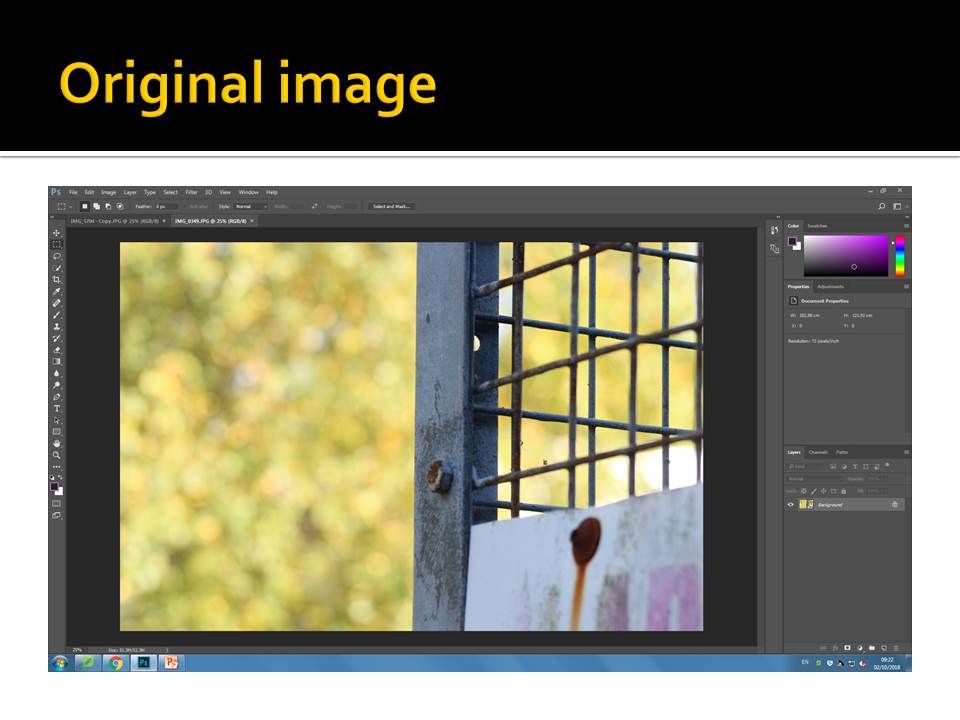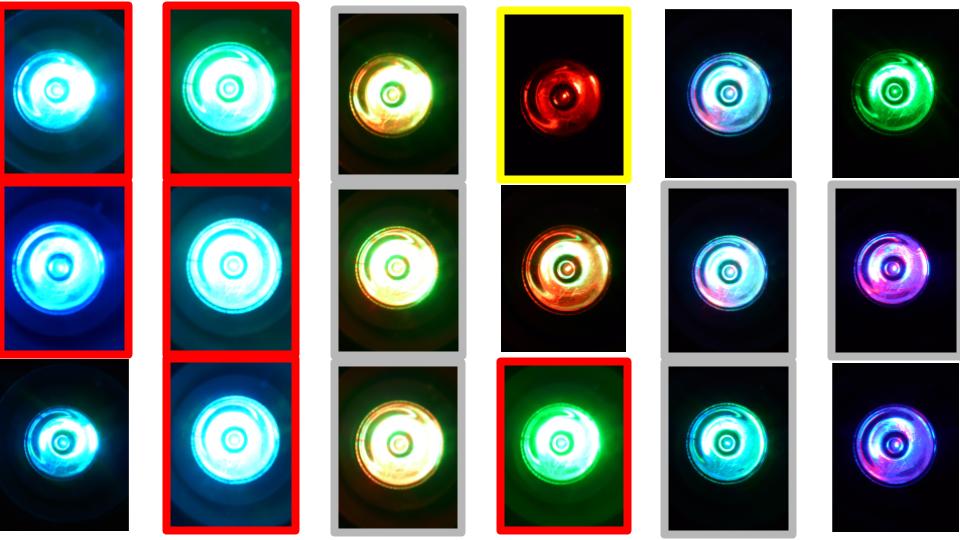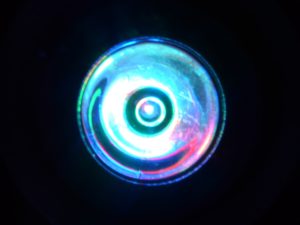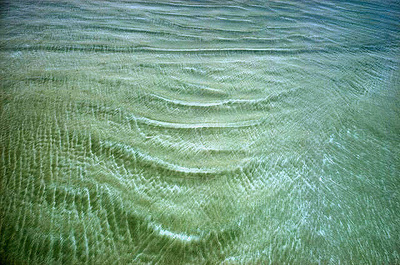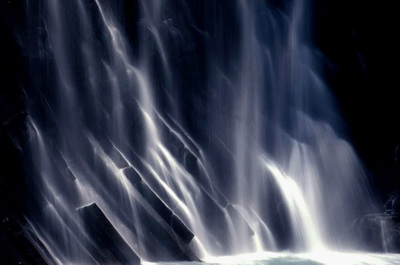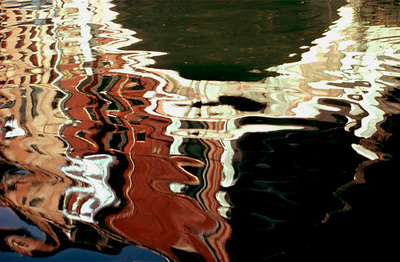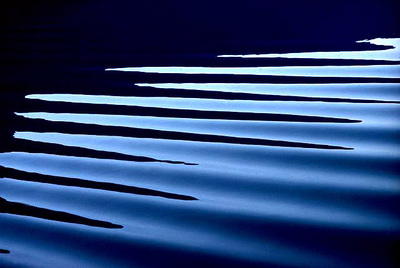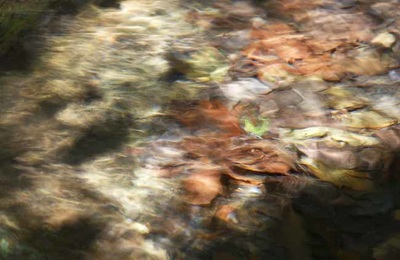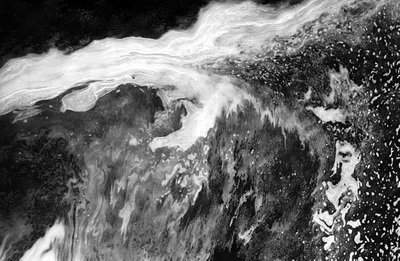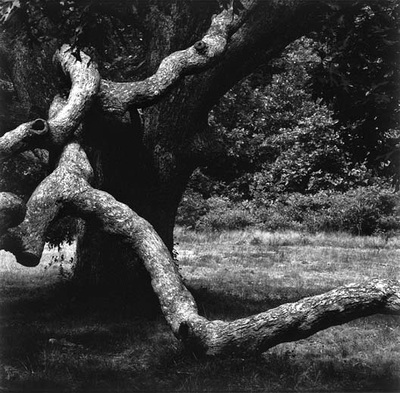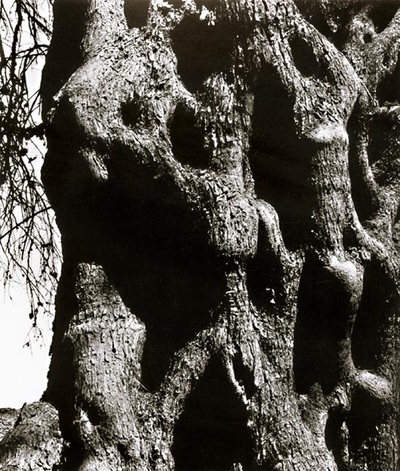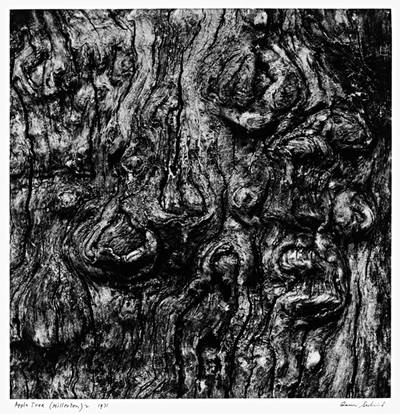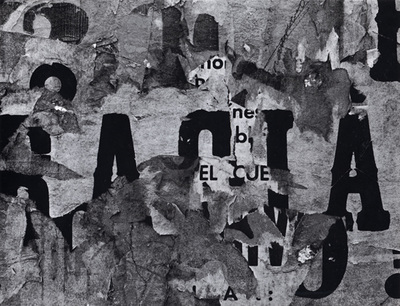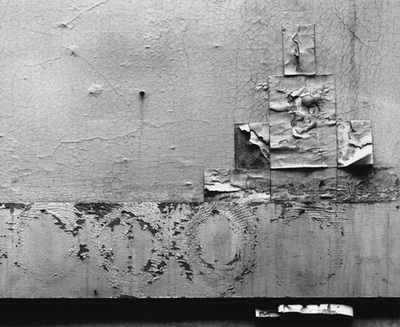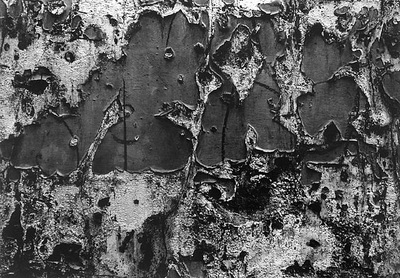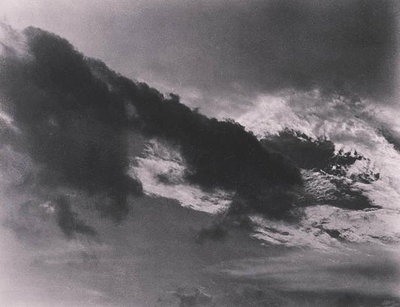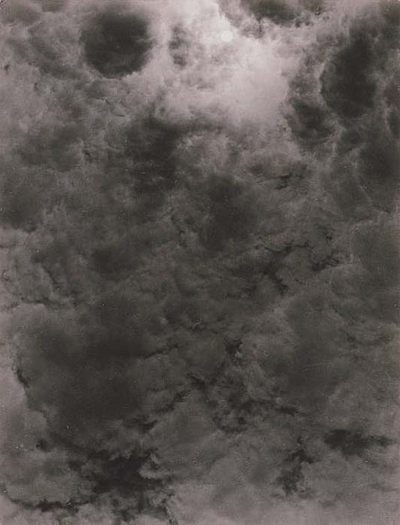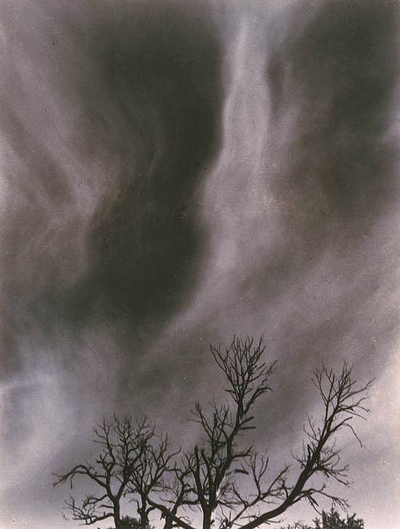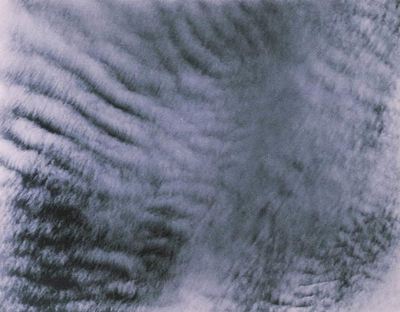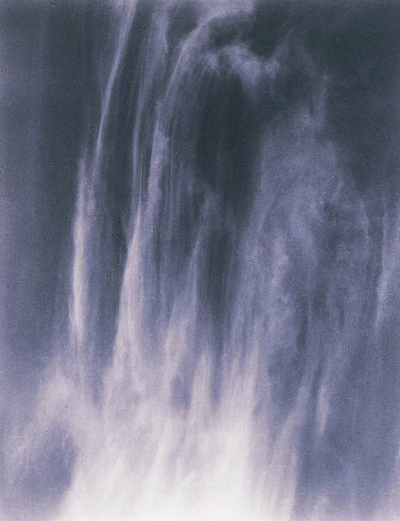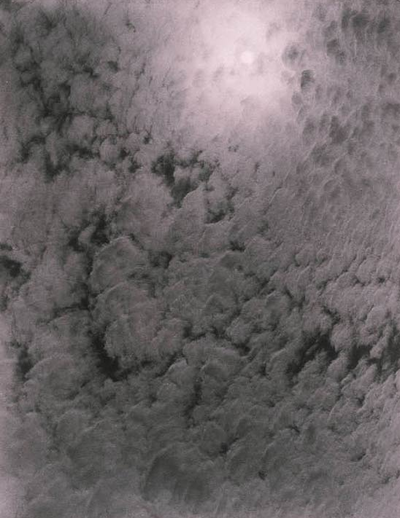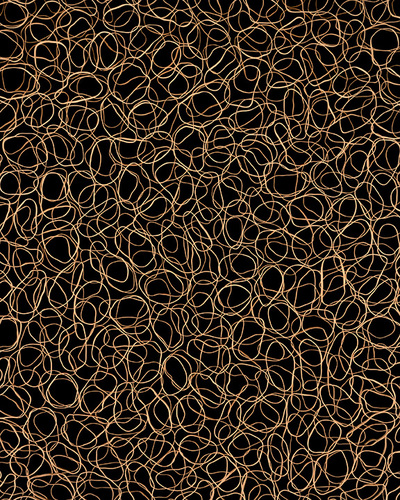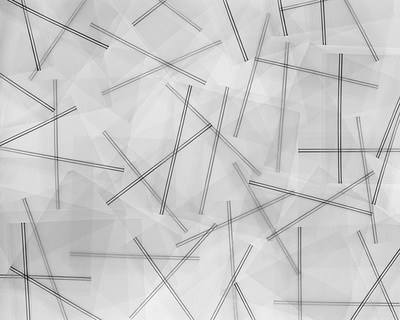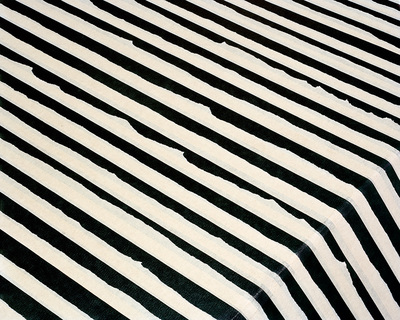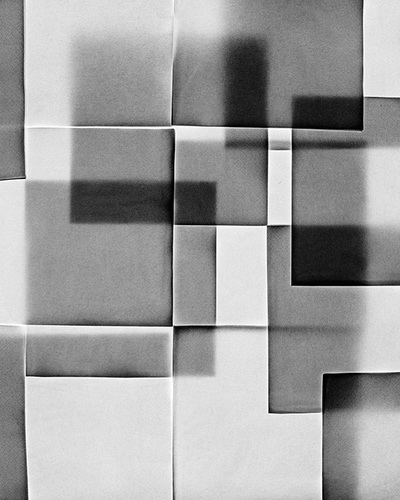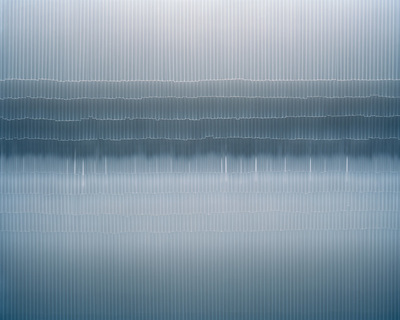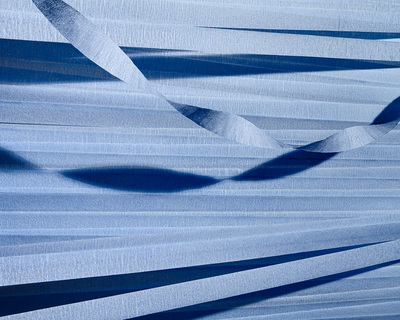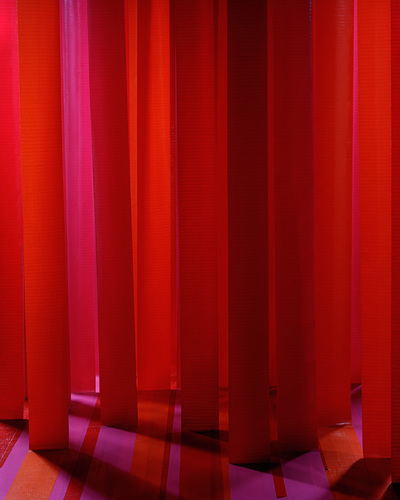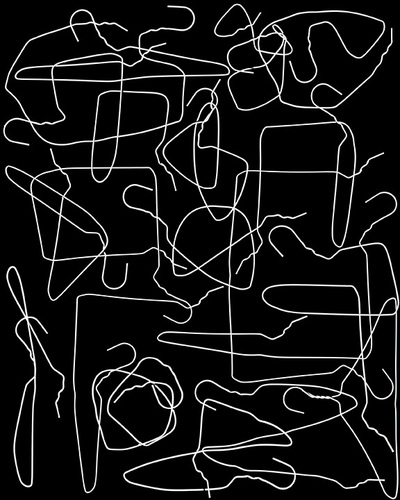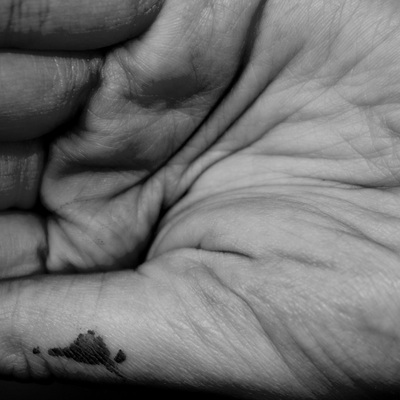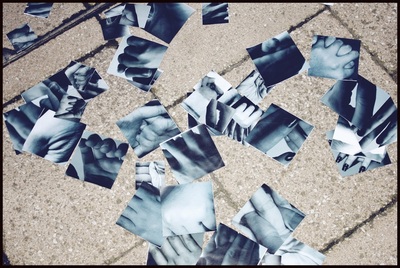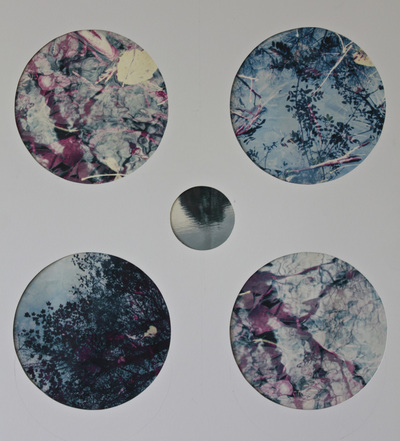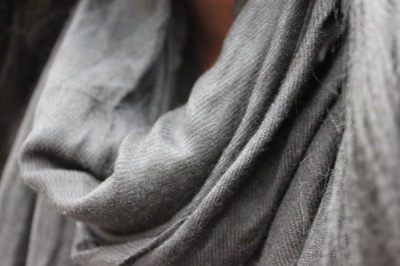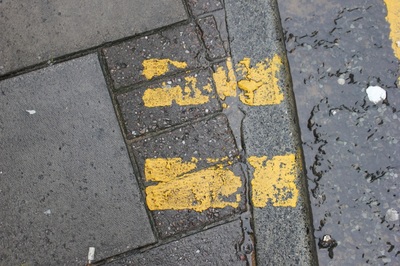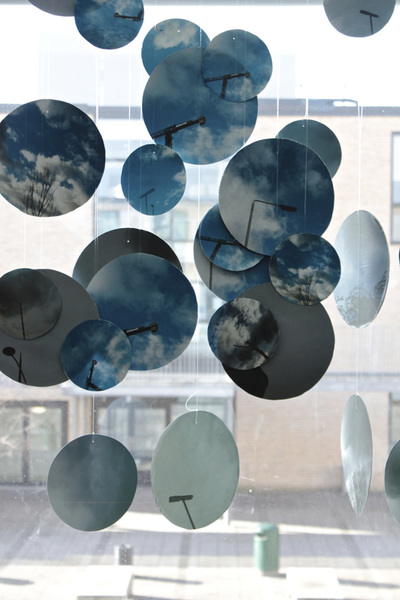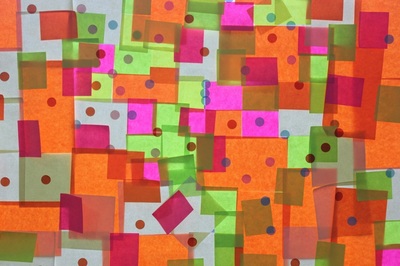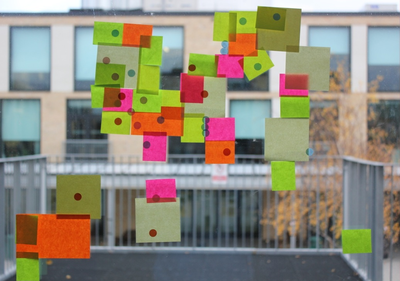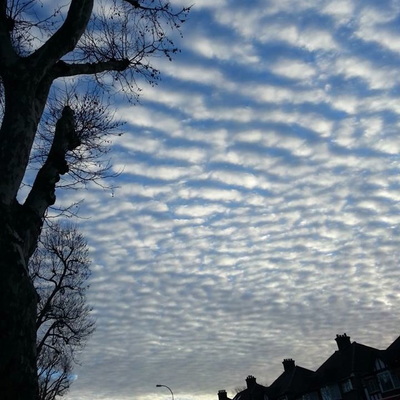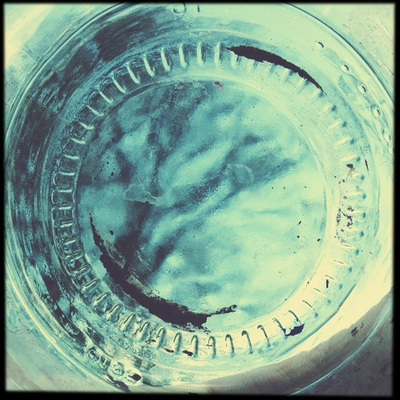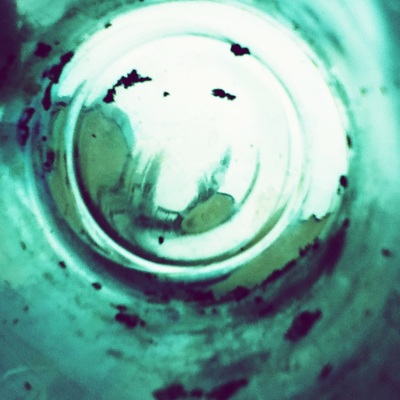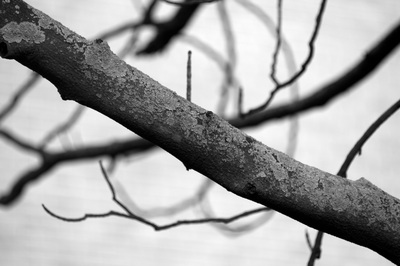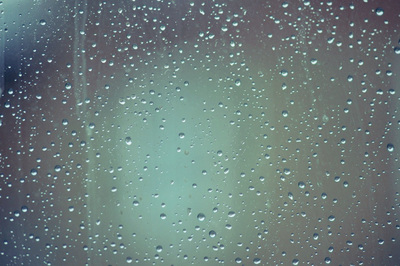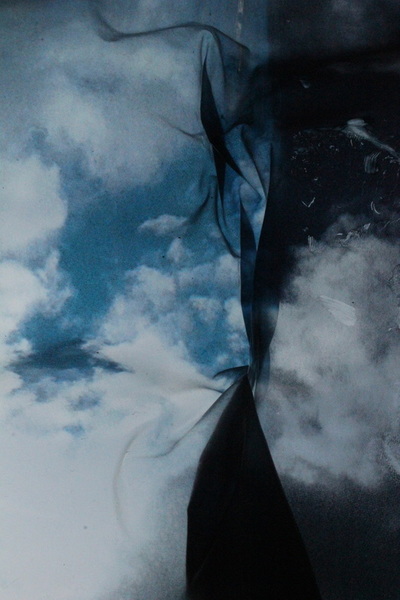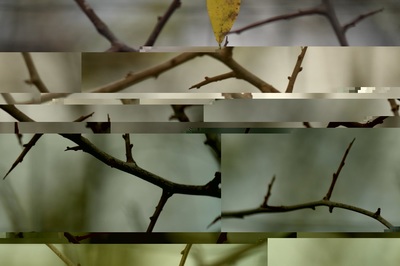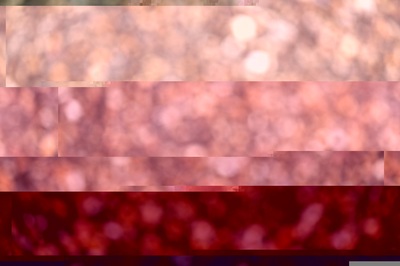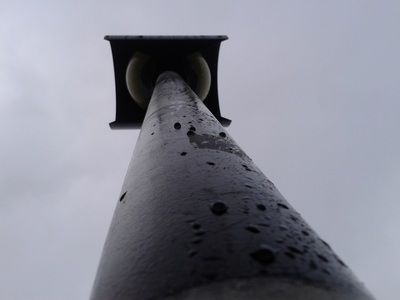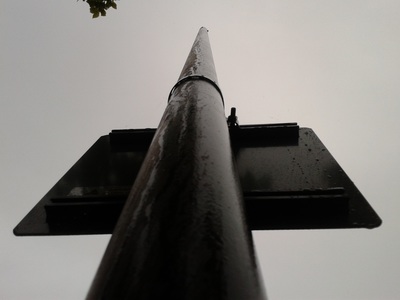I have produced a photoshoot using some of the camera a skills that I have developed on during the first few weeks. After taking time to learn and practice skills such as depth of field, exposure and focus, I have incorporated these skills into my shoot, and have take inspiration from my chosen artist, Uta Barth, in order to produce a photoshoot that uses abstraction, as well as the other camera skills.
Uta Barth
Uta Barth is a contemporary photographer living and working in America, who focuses her photography on separating the subjects used in the photograph, from the photograph itself by using a mixture of blurred images, and bright light in her photographs, allowing the colours of her image to blend into one another, further distorting the image and creating an abstract effect. Barth often takes a minimalist approach to her work, using subjects such as walls, windows and bland natural scenes, in order to draw more attention to the light and colours used in her work. Barths work incorporates a mixture of minimalism and abstraction, and she combines this with a bright but simple colour theme to draw attention to the fact that her work goes against what many people consider to be good art.
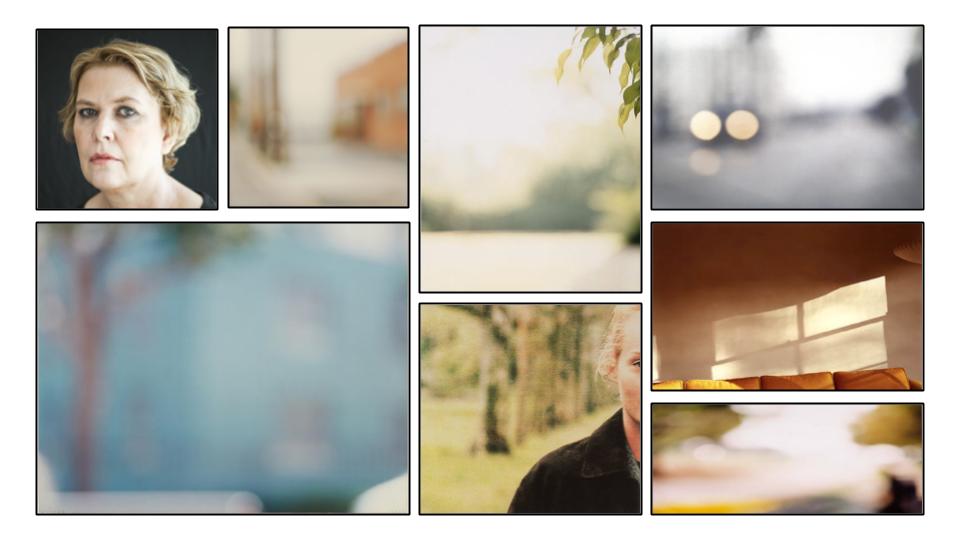
I have chosen Barth to be my inspiration, as I believe that her work makes good use of colour, light and interesting subject matters, while also taking a minimalist approach to a lot of her photos, making them more unique, and allowing them to stand out.
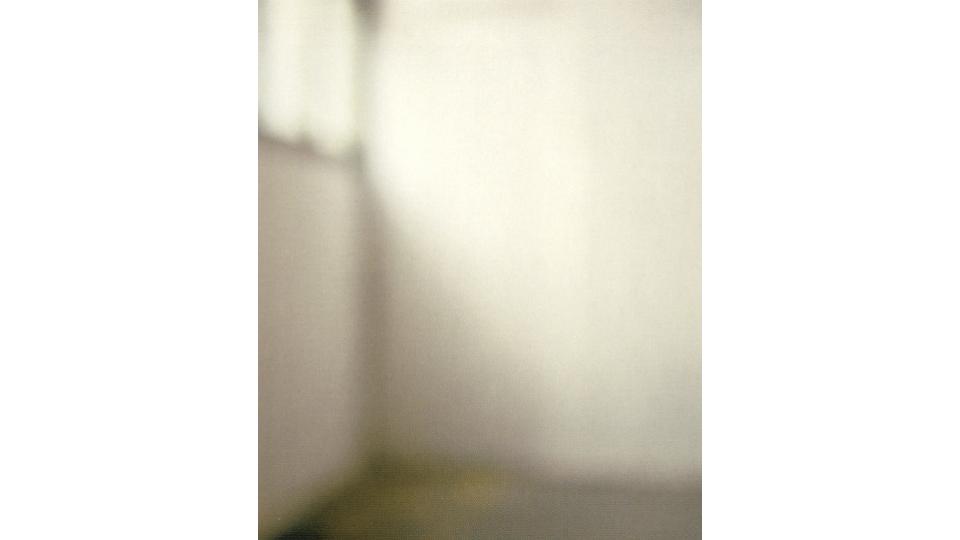
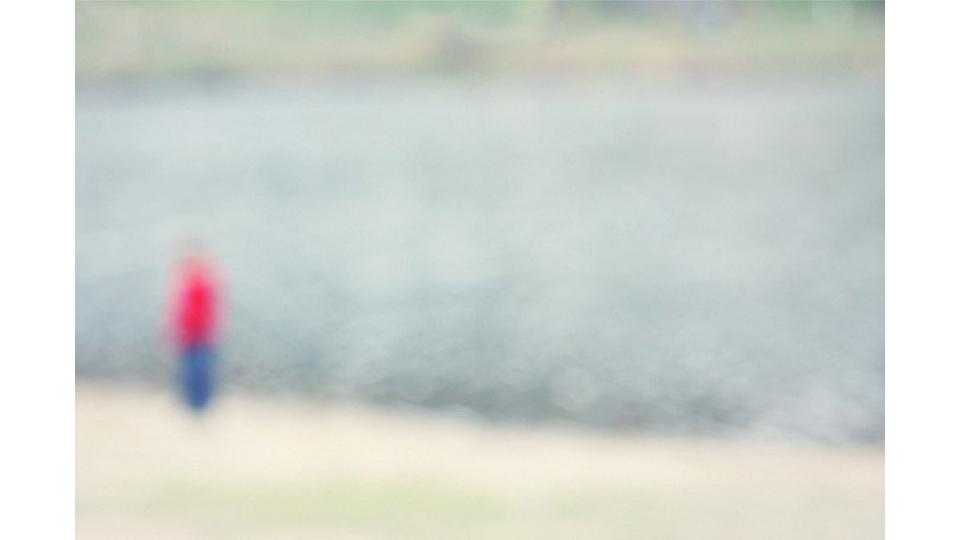
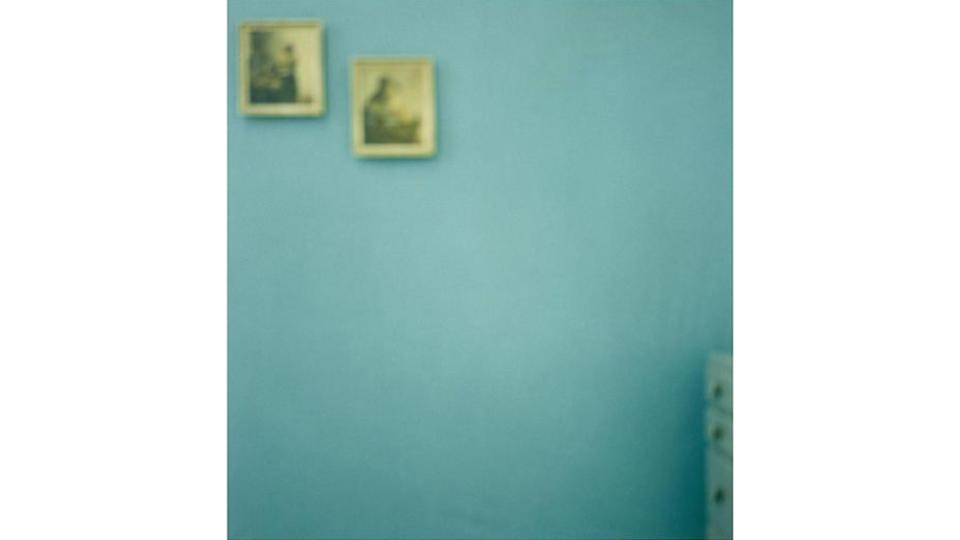
My Response:
For my photoshoot, I took inspiration from Barth when it came to the type of subjects I used, and the lighting I used. For my camera settings, I made use of the manual focus, making sure that the image I was taking was out of focus to create the same effect as Barth. As well as this, I experimented with the exposure of my photos, in order to mimic the bright light used in Uta Barths work.
The following is a contact sheet containing images from my photoshoot:


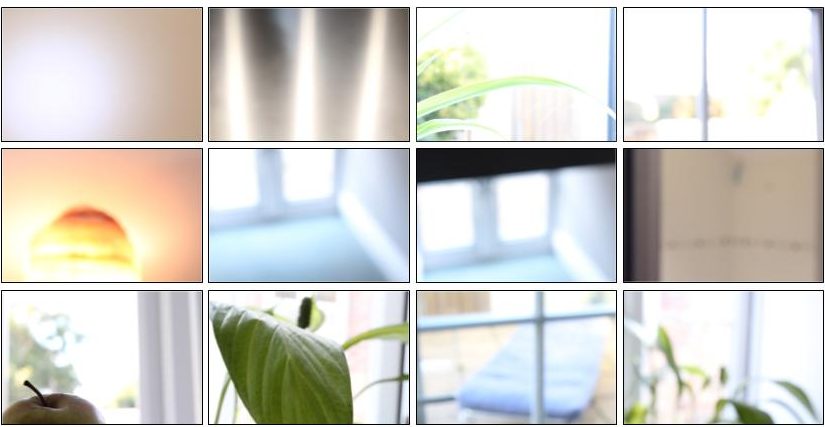
These are the photos that I was able to take after taking inspiration from Barth, and using the same techniques and processes as her. I made sure to focus on making sure the lighting resembled Uta’s work, and changed my camera settings to do so.
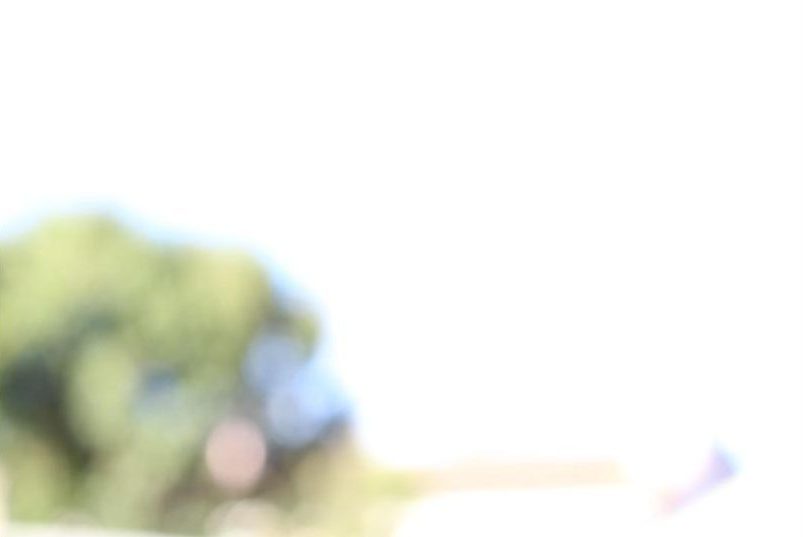
The above image is a good example of the different camera settings and techniques I used. For this image, I adjusted the manual focus of my camera so that the background was completely out of focus. I then adjusted the ISO setting to a high number (1600). By doing this, I was able to maximize the amount of light that the camera allowed, and because of this the image I took was extremely bright and light, which mimics the work of Uta Barth. By using this combination of out of focus images, with a high ISO setting, I was able to create images similar to that of Barth.
The following images are those that I have decided are the best from my photo shoot:
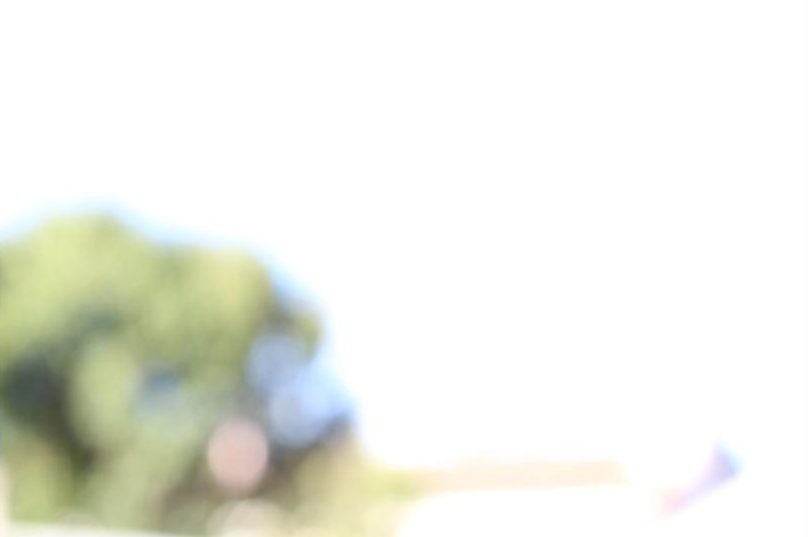
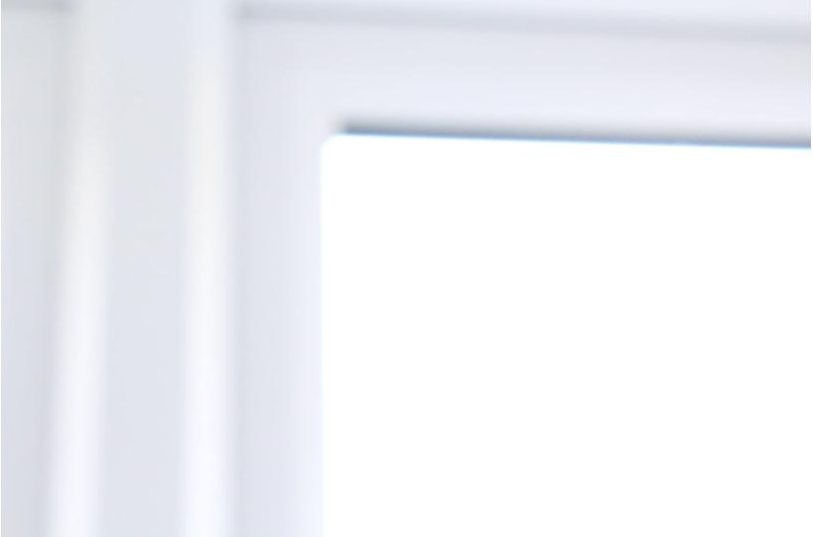
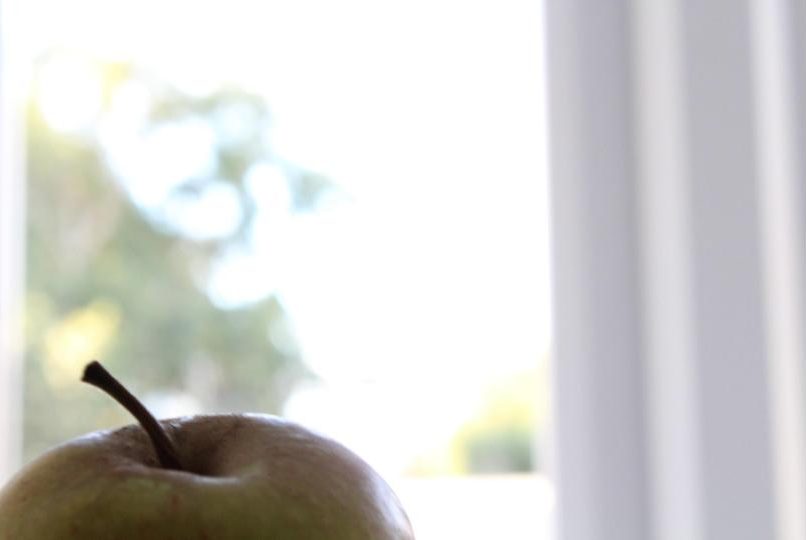
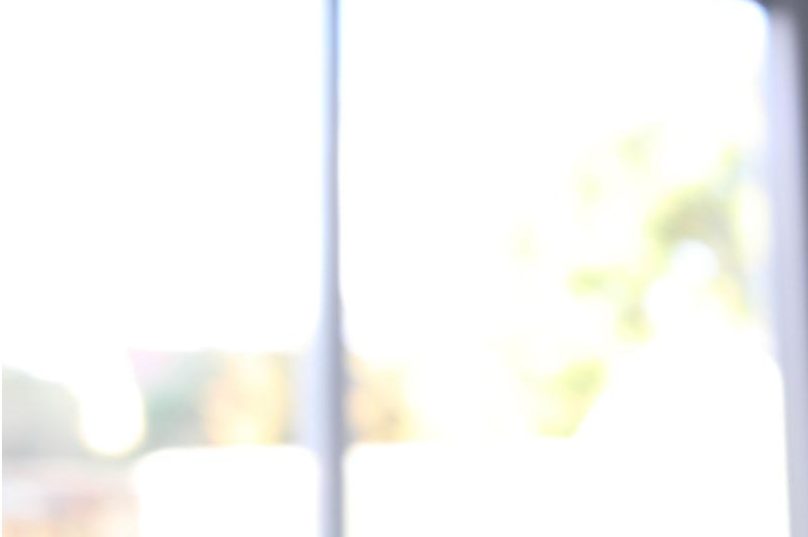
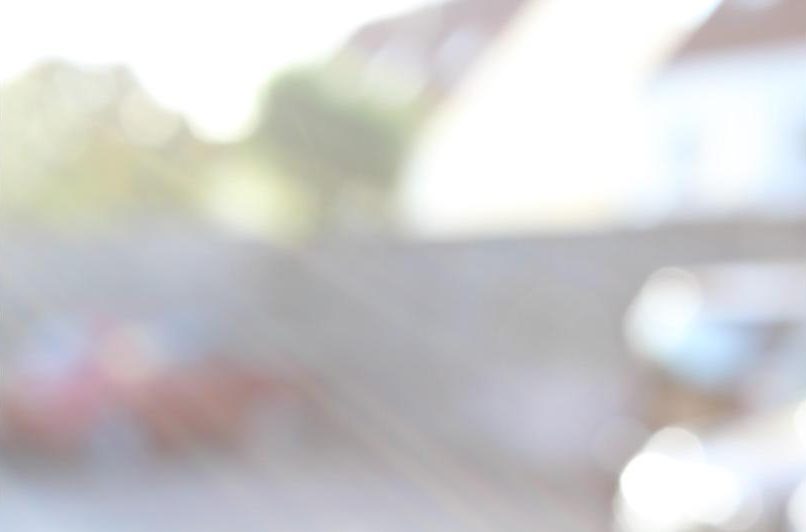
All of these images use the skills I developed after analysing the work of Uta Barth, including manually putting the camera out of focus, and adjusting the ISO setting to a higher number so that the images included the most light possible. All of these images used an ISO ranging from 3200 to 6400, and I manually adjusted the focus so that the subjects were as out of focus as possible.
I tried to take most images of naturally lighter spaces, as well of adjusting the ISO, these places included outside, and out of windows, to mimic the very light effect that Barth’s images give.

The subject of the above image is the corner of a window, and I zoomed the camera in so that I was only framing the top corner, abstracting the window. A lot of Barths work centres around using subjects such as windows that produce natural light, to maximise the amount of light in the image.

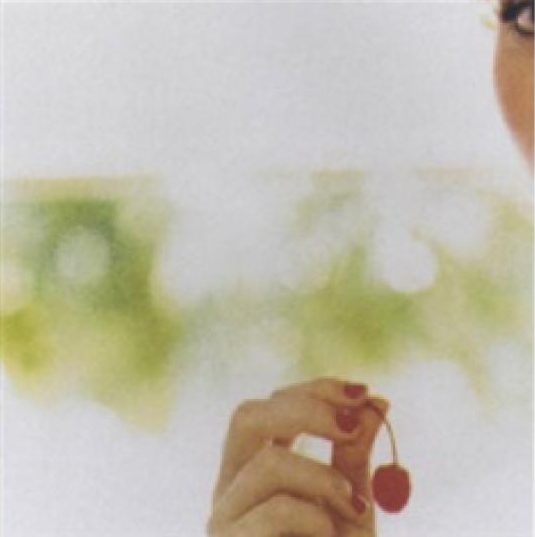
Barth sometimes uses subjects in her work that remain in focus, while throwing the background out of focus to draw maximum attention to the abstracted subject. The first image is my own, while the second is Barth’s, from which I took inspiration. This technique makes the image interesting, as it provides the viewer with a point to focus on, while also allowing them to remain curious about what is in the background.
